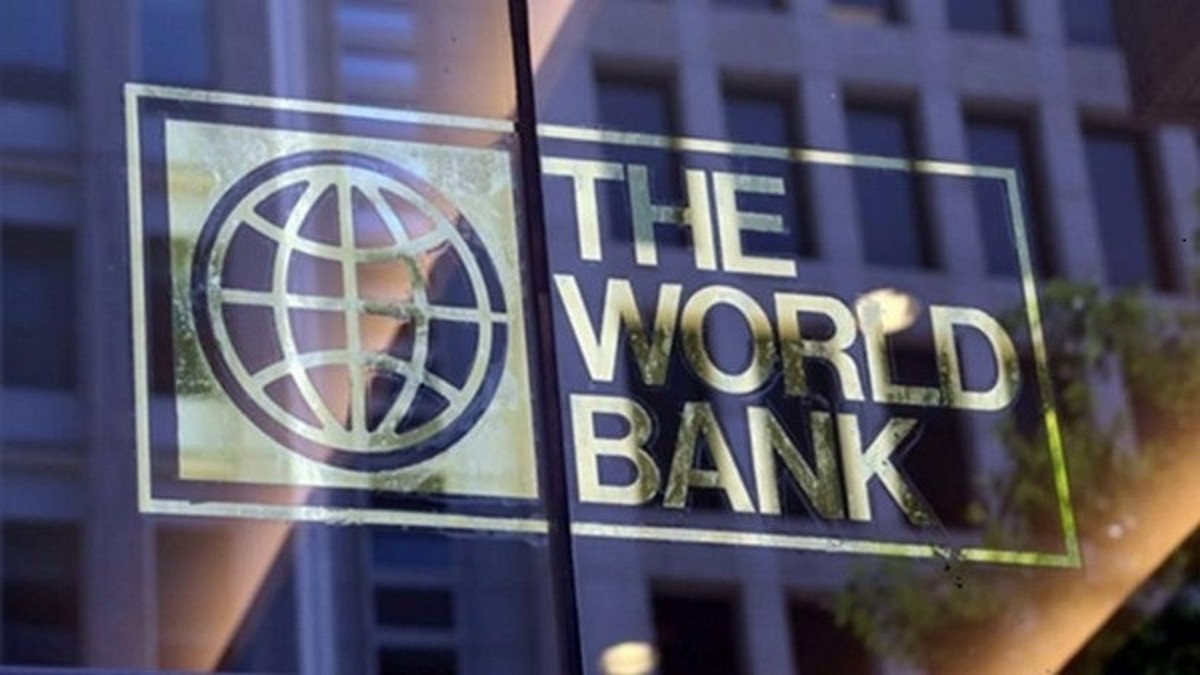How can India become a high-income nation by 2047, when the South Asian nation completes 100 years of its independence? A World Bank report released Friday (February 28) highlights that India must log an annual growth rate of 7.8 per cent over the next 22 years to achieve that goal.
In a report titled ‘Becoming a High-Income Economy in a Generation,’ the World Bank said the ambitious target is “attainable” given India’s impressive average growth rate of 6.3 per cent from 2000 to 2024. But it added that several reforms are required to meet the target in coming years.
The report suggested that India should also lower import tariffs and learn from nations like Chile, Korea, and Poland to integrate better with the global economy.
“Relatively high import tariffs, especially on intermediate and capital goods, and significant non-tariff barriers contribute to high trade costs which inhibit greater openness in terms of imports and exports as well as fuller participation in global value chains (GVCs),” said the bank’s Economic Memorandum on India.
Focus should be income per capita
The World Bank report further stated that the government should focus on boosting the Gross National Income (GNI) per capita to become a high-income country. To achieve that goal by 2047, the GNI per capita must grow nearly eight times.
As of 2023, India’s GNI per capita was just $2,540.
“For India to become a high-income economy by 2047, its GNI per capita would have to increase by nearly 8 times over the current levels; growth would have to accelerate further and to remain high over the next two decades, a feat that few countries have achieved,” the World Bank report said.
Impact Shorts
More ShortsIndia less open to trade
India is now less open to trade than it was a decade ago. While services exports, particularly in IT and BPO, have performed well, the overall trade share in the economy has declined.
In 2023, exports and imports of goods and services made up 46 per cent of India’s GDP, down from a peak of 56 per cent in 2012. The World Bank attributes this decline to high import tariffs, especially on intermediate and capital goods, along with non-tariff barriers. These factors have increased trade costs, making it harder for India to fully integrate into global value chains (GVCs).
(With inputs from agencies)


)

)
)
)
)
)
)
)
)



